![]() Jan 05 2023
Jan 05 2023
![]()
With the continuous development of the economy, the environmental literacy of people around the world is also constantly improving. Some developed countries have introduced regulations to restrict or prohibit the use of non-degradable plastics on certain occasions and require the use of degradable plastics. The more developed countries have higher requirements for degradable materials. So what kind of degradable materials can meet the environmental protection requirements of countries all over the world? Let's first take a look at what are the so-called environmentally friendly degradable plastics on the market.
It is made of a petroleum-based plastic material mixed with starch. It biodegrades the added starch components, and the remaining plastic materials in the products cannot be decomposed, but become microplastics, which has no meaning for environmental protection, and it also increases the difficulty of cleaning and recycling, and some countries have begun to ban them.
Made of petroleum-based plastic material plus photosensitizer. Utilizing ultraviolet radiation, causes a chain reaction in which the polymer chain of the photosensitizer is broken, prompting the plastic to crack into fragments, but cannot be decomposed.
Now there is a stone plastic bag on the market, which is made by mixing stone plastic masterbatch with polymer material (plastic) and adding photodegradable chemical additives. This is the degradation method used. The production cost is 5%~10% lower than that of traditional plastic bags. However, because it cannot be truly degraded, and stone is a non-renewable resource, it is not advocated.
Water-absorbing substances are added to plastics, which can be dissolved in water after use. They are mainly used in medical and sanitary appliances (such as medical gloves) for easy destruction and disinfection.
The above types of degradation methods often only accelerate the splitting and fragmentation of plastic materials. Due to the microplastics produced by plastic fragmentation, they enter the air, drinking water systems, and animals. Humans will eventually eat their own fruits. Therefore, this "degradable" plastic bag is not environmentally friendly.
Fully biodegradable materials refer to materials that can be completely decomposed by microorganisms (such as bacteria, fungi, algae, etc.) The environment has a positive effect.
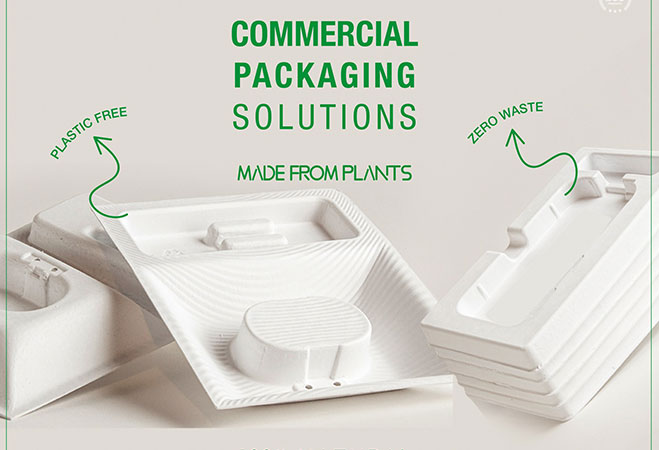
GREEN OLIVE fully biodegradable packaging 100% made of plant biomass such as bagasse and bamboo pulp, 100% renewable and recycled resources, from and back to nature. Under natural conditions for 90-100 days, the degradation products are water, carbon dioxide, and organic fertilizer, which will not pollute the soil and the environment.
The so-called "degradation" in GREENOLIVE's fully biodegradable products refers to biological decomposition, which requires a specific environment. It will only decompose under specific environments such as high temperature, high humidity, and microorganisms. In residents' homes, shopping malls, and warehouses, Decomposition conditions will not be met. In this environment, fully biodegradable products can be stored and used normally like traditional plastic products. Moreover, its strength, load-bearing, and other characteristics are no worse than traditional plastic products, so you can use them with confidence.
PRODUCT CATEGORIES
![]() You May Also Like
You May Also Like
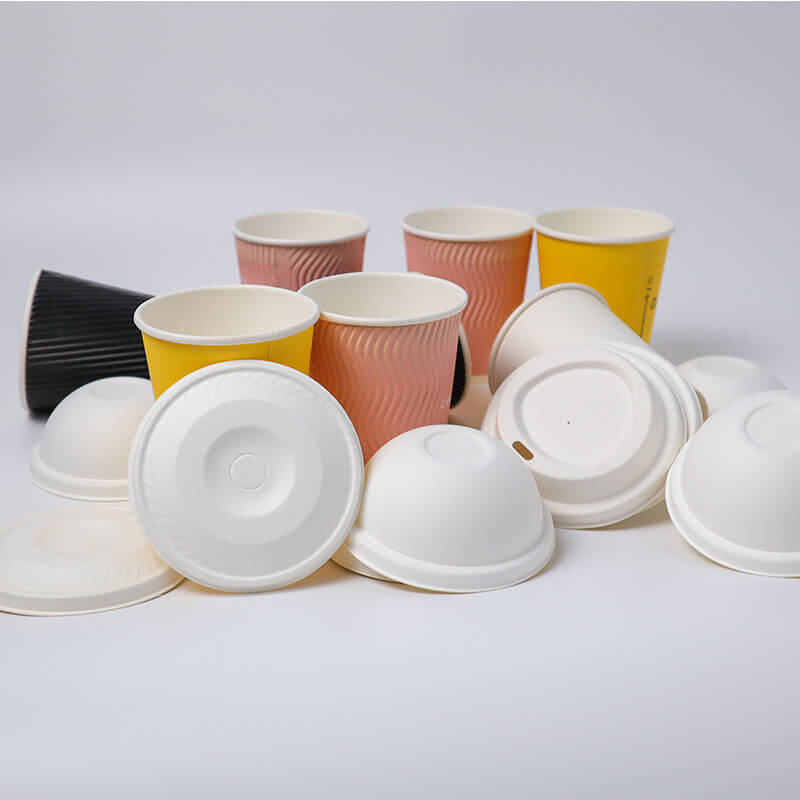
Custom Biodegradable Bagasse Pulp Cuplids, Coffee Paper Cup And Lids
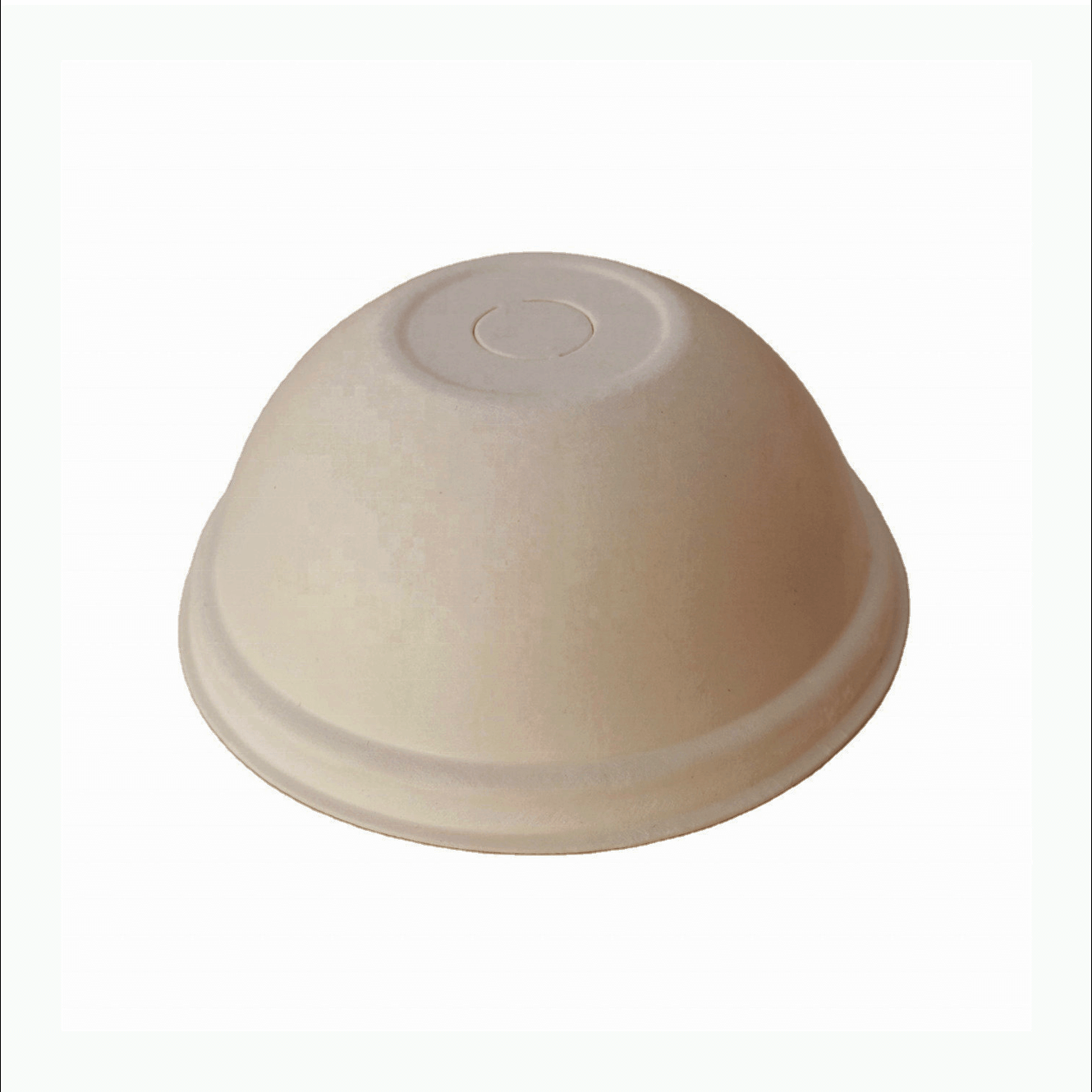
80mm Bagasse paper lid, dome shape, natural brown
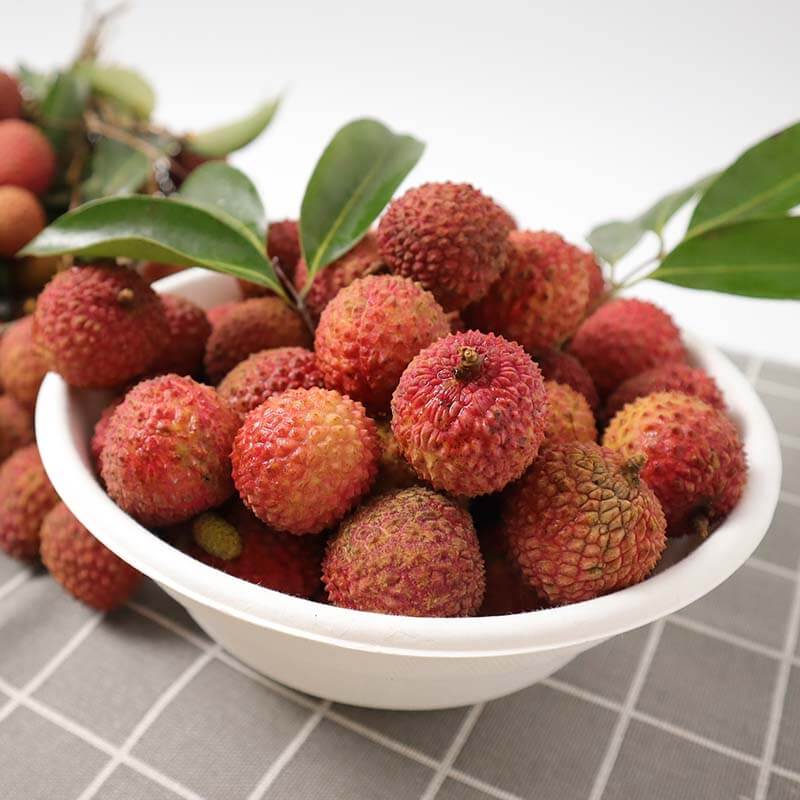
Wholesale Biodegradable Disposable Bagasse Salad Rice Fruit Bowl
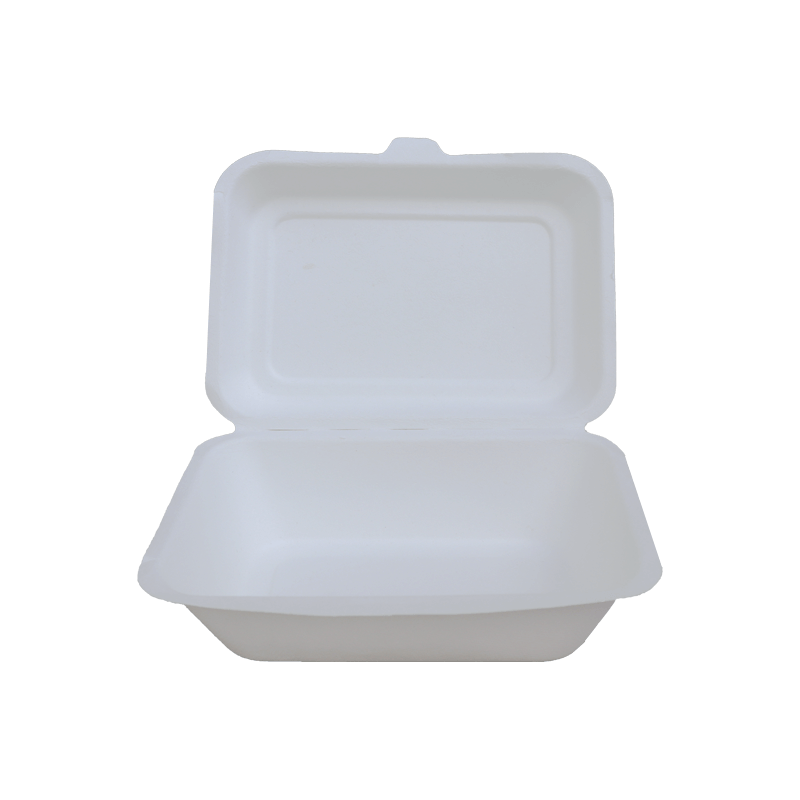
7 x 5 inch Rectangle bagasse clamshell, white
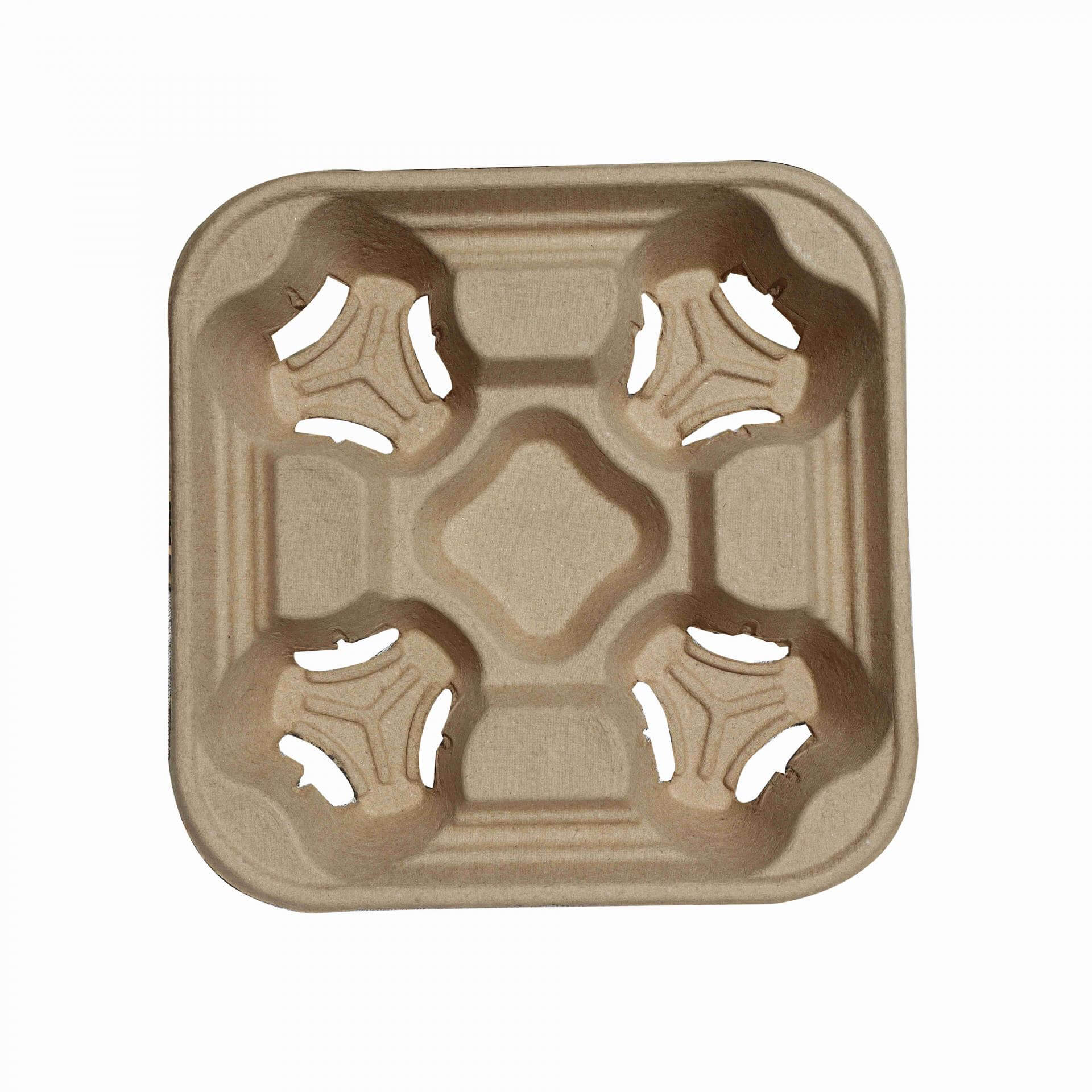
Corrugated pulp disposable 4 cup holder tray takeaway carrier
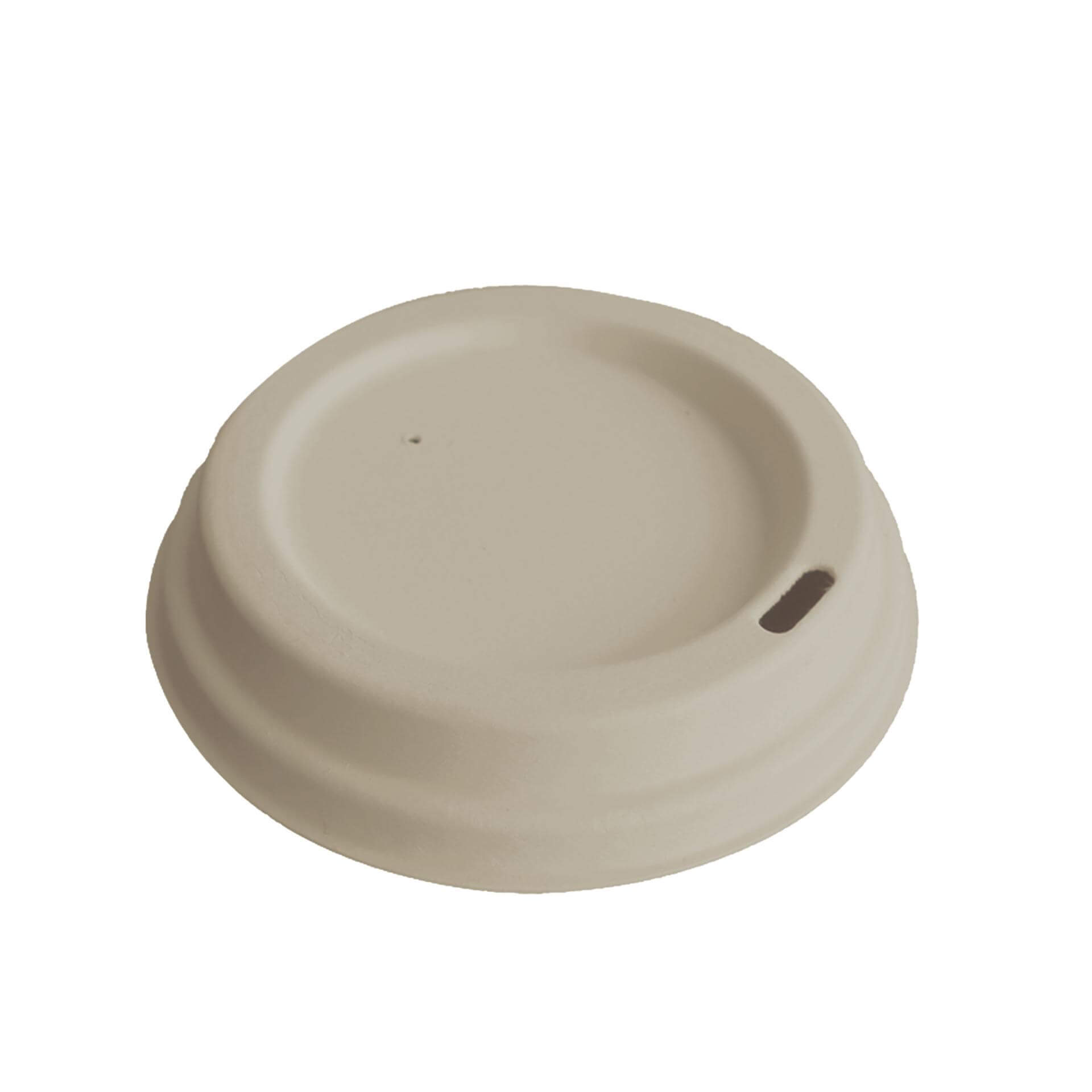
90mm natural brown sugarcane pulp sip lid, round design
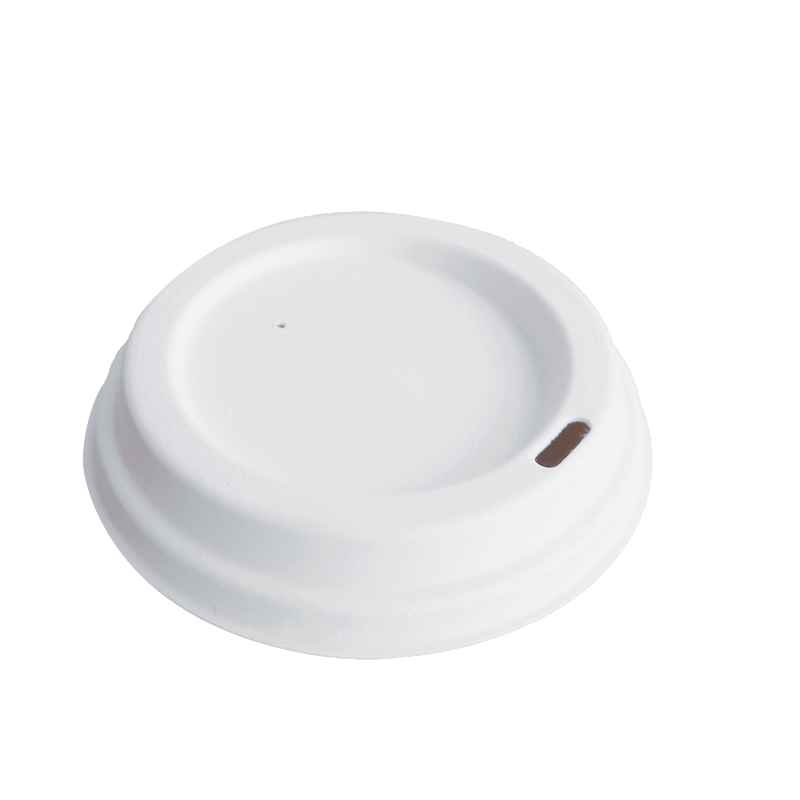
90mm White sugarcane pulp sip lid, round design
